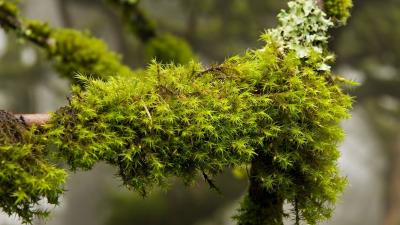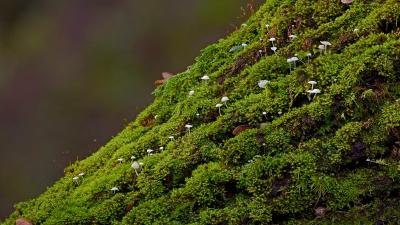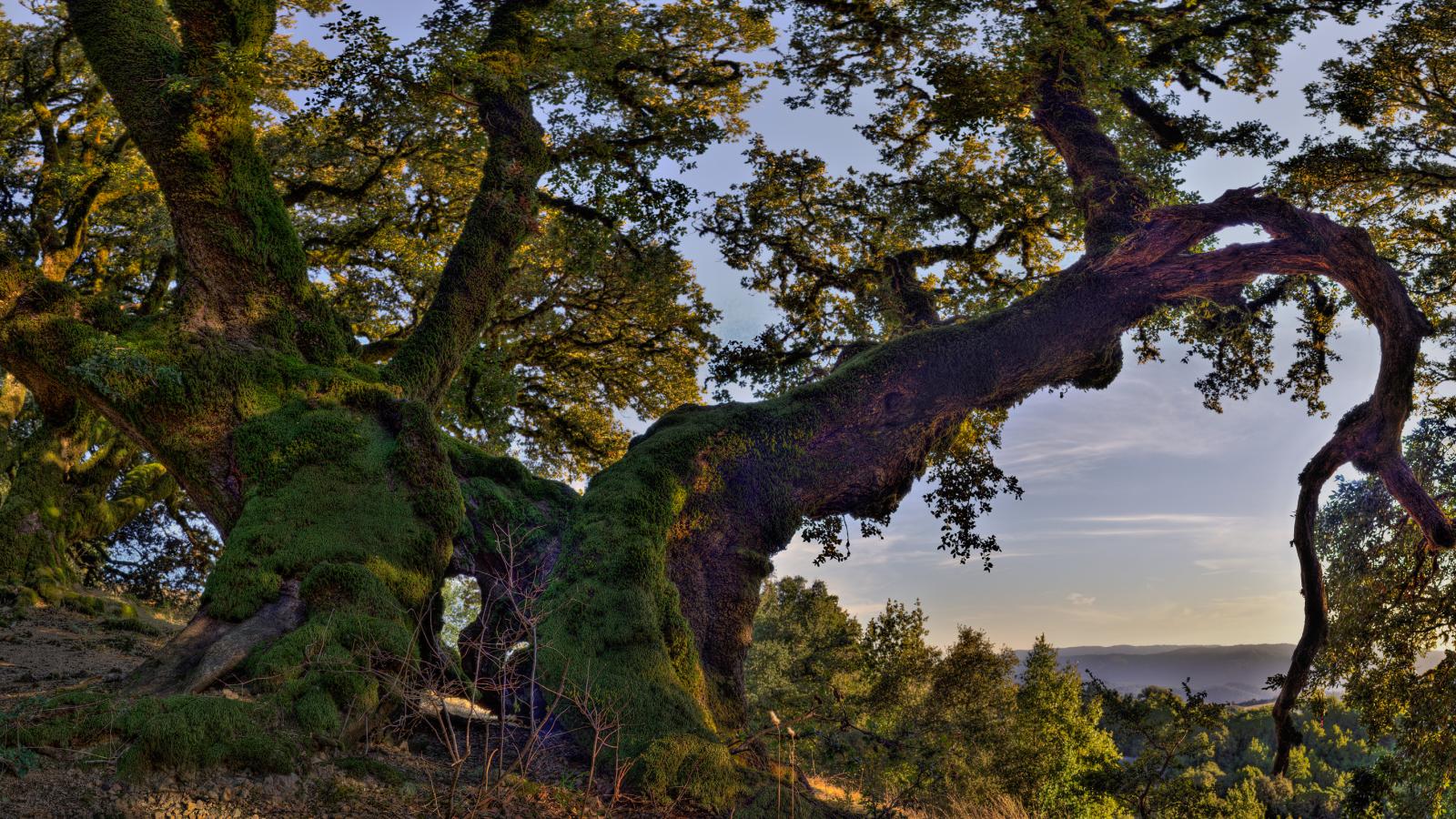As winter rains fall, bright green mosses spring to life, their appearance brought on by moisture and low sun. Moss is an ancient plant belonging to the non-flowering bryophyte group, which includes mosses, liverworts and hornworts. This plant has an old and hardy history, surviving over 450 million years and evolving through various severe climate changes.

Moss thrives on every continent, including Antarctica, and is the second most diverse group of plants after non-flowering plants (gymosperms). Mosses are extreme survivors and can be found in cold, snowy mountains, scorching hot deserts and inhospitable terrains such as rocky ledges on mountainsides.
Mosses are rootless wonders, relying on rhizoids, small, hairlike structures that anchor them to rocks, bark, soil or man-made structures. Rhizoids can be multipurpose; some mosses use rhizoids to draw moisture and minerals from rain. Most mosses favor tree trunks, especially of broad-leafed trees, rather than conifers.

Mosses function as nature’s sponges, using their capillary spaces - tiny pores within moss structures that allow them to absorb and retain water. They soak up rainfall, maintain soil moisture and create humid conditions around them. In disturbed sites, like deforested or burned areas, mosses are among the first plants to return, stabilizing soil surfaces and retaining water, facilitating regrowth in those areas.
About 600 varieties of moss exist in California. While moss is unassuming, creeping up the sidewalk or garden wall, remember that these plants play a vital role in our ecosystems!
Where to find: Look for moss in any forest site, including Long Ridge Open Space Preserve and El Corte de Madera Creek Open Space Preserve

